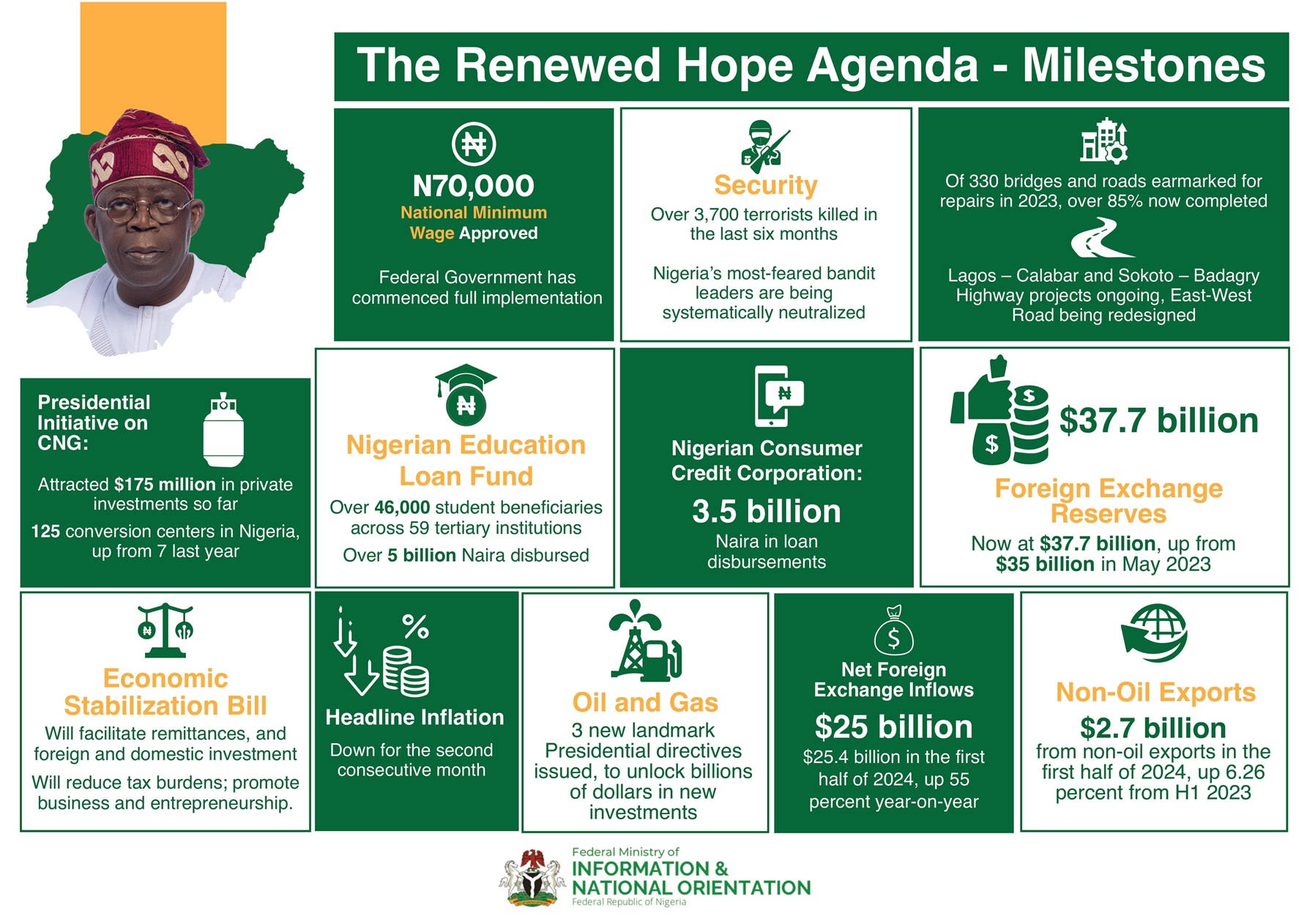The rising trend in food and agricultural commodity prices has pushed Nigeria’s inflation rate to 12.4 per cent in May 2020 – the highest notch in 15 months when inflation rate edged down to 11.25 per cent in March 2019 from 11.31 per cent the previous month (February 2019).
The latest report on the consumer price index (CPI) by the National Bureau of Statistics showed the inflation rate for the month rose by about 0.06 per cent point, from 12.34 per cent attained in April.
The percentage change in the average composite price index for the 12 month cycle ending May over the average of the CPI for the previous 12 months period was about 11.79 per cent, about 0,08 per cent point from 11.71 per cent recorded last month.
The statistics bureau noted that the rise in food and agricultural produce prices played a key role in the spike in inflation rate during the period. This was a reflection of the effect of the Coronavirus pandemic which has slowed down economic activities worldwide.
The NBS report showed that the composite food index price in May 2020 increased by 15.04 per cent on (year-on-year) as against 15.03 per cent the previous month.
Month-by-month, composite food index increased by 1.42 per cent in May, up by 0.24 per cent points from 1.18 per cent in April.
The statistics agency further noted that the rise in the food index, which underlined the spike in inflation in the country for the month, was caused by high prices agricultural commodities such as bread and cereals, potatoes, yam and other tubers, oils and fats fruits, fish and meat.
The average annual rate of change of the sub-index for the 12.month period ending May 2020 over the previous 12 months average stood at 14.33 per cent, 0.11 points from the average annual rate of change recorded in April (14.22 per cent).
Presenting further details of the inflation trend during the period, the NBS said food inflation was highest in Abuja (18.13 %), Osun (17.40%) and Imo (17.13%), while least price increases were recorded in Abia was (13.46%), Bauchi (12.97%) and Kaduna (12.97%) year-on-year.
On monthly basis, food inflation was highest in Ebonyi (3,43%), Bayelsa (3.21%), and Edo (2.7%), while Zamfara (0.22%) and Abia (0.21%) experienced the slowest rise in inflation in May.
Restrictions in inter-state movement imposed by the Federal and state governments created trading and transportation challenges for farmers, traders and transporters.
There were reports that security agencies manning roadblocks to enforce the inter-state movement restriction embarked on extortion and intimidation of motorists and traders conveying their wares to the urban centres for sale.
The extra cost is, naturally, passed to the final consumers who have to pay more for the goods and services offered by the suppliers.
Despite widespread condemnation and warning by the authorities, the nefarious act has persisted.

